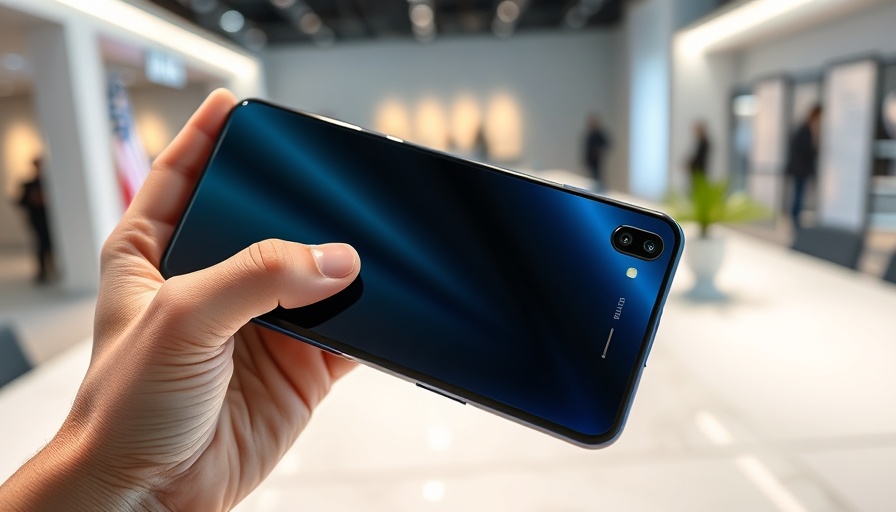
The High Stakes of AI Acquisitions
Meta's recent acquisition of a 49% non-voting stake in Scale AI for $14.3 billion has sent shockwaves throughout the AI landscape, propelling its ambitions even further in competition with industry giants like OpenAI and Google. By hiring Scale’s founder Alexandr Wang to lead a new initiative called "Superintelligence," Meta is positioning itself at the forefront of AI innovation and data-labeling expertise.
This strategic move has raised eyebrows among regulators, especially since the deal was structured to avoid an automatic antitrust review. As Google has severed ties with Scale, it remains to be seen how other clients will adjust to this new dynamic.
Hollywood’s Preemptive Strike Against AI
In a landmark legal challenge, Disney, Universal, and Getty Images have initiated lawsuits against AI companies Midjourney and Stability AI. The plaintiffs argue that these AI platforms are unlawfully utilizing copyrighted material to train their algorithms, infringing upon the rights of the original content creators. By targeting major players in the AI space, Hollywood aims to secure better awareness and legal frameworks surrounding the generative AI's usage of copyrighted materials.
Examining the Future of Consumer Technology
Meanwhile, on the consumer tech frontier, Apple is unveiling new advancements such as visionOS 26 for its Vision Pro headset, allowing users to create interactive volumetric spatial photos that respond to motion. These innovations highlight a significant trend toward integrating AI within everyday tech, showcasing its potential to enhance user experience in new, immersive ways.
The intersection of AI, entertainment, and consumer technology prompts essential questions about intellectual property rights and ethical considerations in the digital era. As litigation unfolds, the outcomes could redefine how companies approach AI and its role across various sectors.
 Add Row
Add Row  Add
Add 




Write A Comment